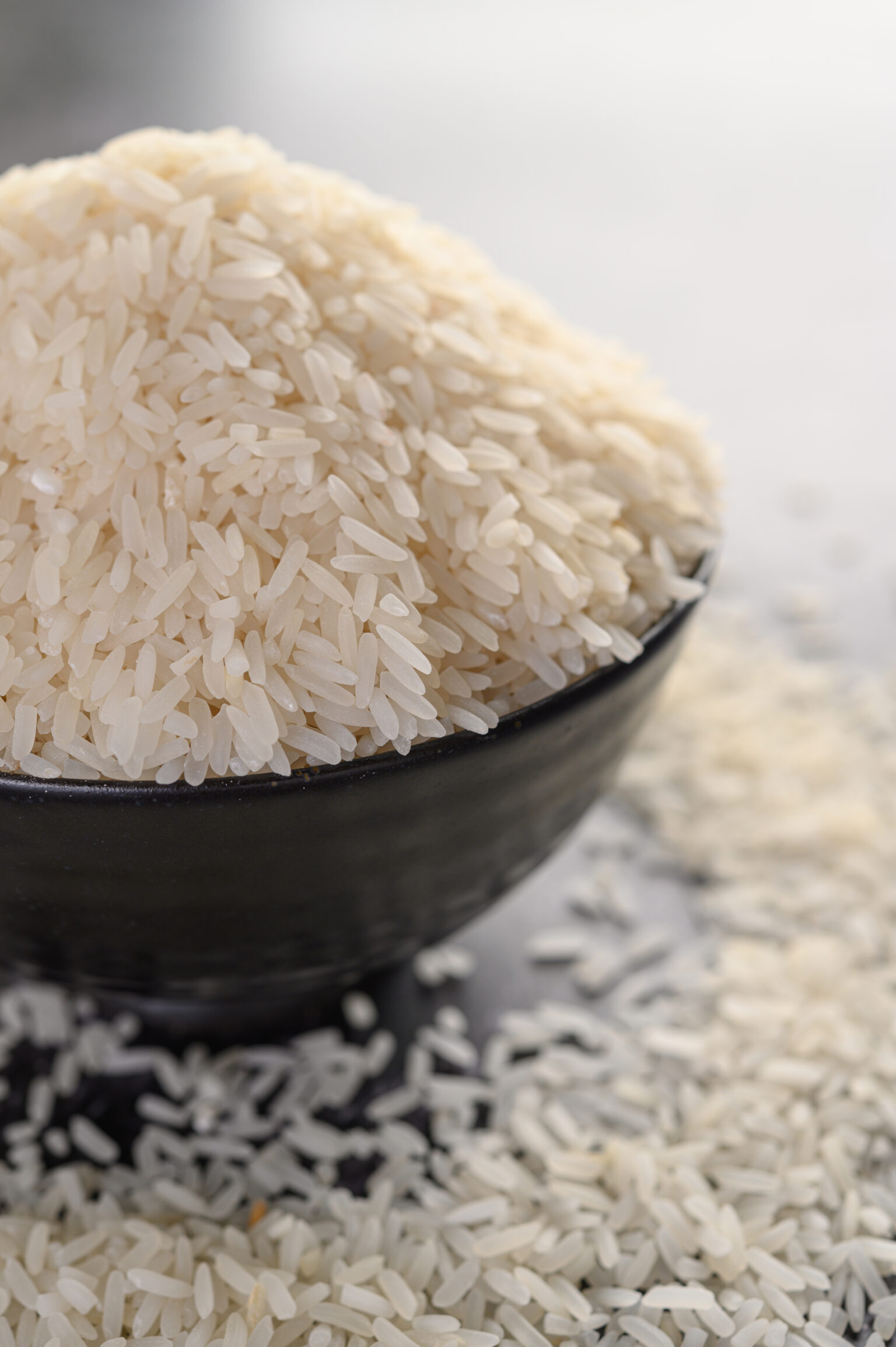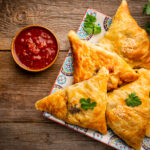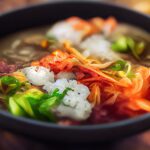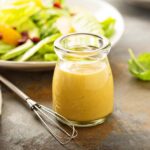North Korean cuisine, known for its unique flavors and culinary traditions, offers a wide variety of dishes that have become an integral part of the nation’s culture. Despite limited access to international ingredients and economic challenges, North Korea has developed a diverse culinary landscape. In this article, we will delve into the top 10 most eaten foods in North Korea, showcasing the country’s rich culinary heritage.
- Kimchi: No exploration of North Korean cuisine would be complete without mentioning kimchi. This traditional fermented side dish is made from napa cabbage, radishes, and a variety of seasonings, including chili pepper, garlic, and ginger. Kimchi is a staple in every Korean household, and its pungent and tangy flavors make it an essential accompaniment to almost every meal.
- Rice (Bap): Rice, or “bap” in Korean, is the staple food of North Korea. It is typically steamed and served with various side dishes. Rice is not only a fundamental part of the cuisine but also holds cultural significance, symbolizing abundance and prosperity.
- Jjigae (Stews): Jjigae, a Korean-style stew, is a popular comfort food in North Korea. One well-known variety is the kimchi jjigae, which combines the flavors of fermented kimchi, tofu, pork, and a range of vegetables. Other common jjigae dishes include doenjang jjigae (soybean paste stew) and budae jjigae (army base stew), which incorporates various meat and vegetable ingredients.
- Naengmyeon: Naengmyeon, or cold noodles, is a refreshing and popular dish during the hot summer months in North Korea. The noodles are made from buckwheat or sweet potato starch and are served in a chilled broth with slices of cucumber, radish, and often topped with a boiled egg and vinegar.
- Samgyeopsal: Samgyeopsal refers to grilled pork belly, which is commonly enjoyed in North Korea. Thin slices of pork belly are grilled at the table and served with lettuce leaves, ssamjang (a spicy dipping sauce), and an assortment of side dishes. This dish is a favorite for gatherings and celebrations.
- Mandu: Mandu, similar to Chinese dumplings, are a beloved comfort food in North Korea. These dumplings are typically filled with a mixture of ground meat, vegetables, and seasonings, then either steamed, boiled, or pan-fried. They can be enjoyed as a snack or as part of a meal.
- Bibimbap: Bibimbap, meaning “mixed rice,” is a popular Korean dish consisting of a bowl of steamed rice topped with an array of sautéed and seasoned vegetables, meat, and a fried egg. The dish is often garnished with gochujang (spicy red pepper paste) and mixed thoroughly before eating, creating a delightful blend of flavors and textures.
- Kimbap: Kimbap, often referred to as Korean sushi, is a common snack or light meal in North Korea. It consists of steamed rice, vegetables, and sometimes meat or seafood rolled in seaweed and sliced into bite-sized pieces. Kimbap is a convenient and portable food, perfect for picnics or on-the-go meals.
- Tteokbokki: Tteokbokki is a popular street food in North Korea, featuring chewy rice cakes cooked in a spicy gochujang-based sauce. It is often accompanied by fish cakes, boiled eggs, and cabbage. The combination of flavors and the satisfying texture of the rice cakes make it a favorite among locals.
- Sujeonggwa: Sujeonggwa is a traditional Korean dessert beverage enjoyed in North Korea. It is made by simmering dried persimmons, cinnamon, ginger, and sugar, resulting in a sweet and aromatic drink. Sujeonggwa is typically served cold and is a refreshing way to conclude a meal.
North Korean cuisine offers a diverse range of flavors and dishes that reflect the nation’s culinary heritage. From the iconic kimchi and rice to the comforting stews and street food delights, the top 10 most eaten foods in North Korea provide a glimpse into the country’s rich gastronomic traditions. Exploring these dishes not only reveals the essence of North Korean culture but also highlights the resourcefulness and creativity of its people in creating satisfying and flavorful meals.








